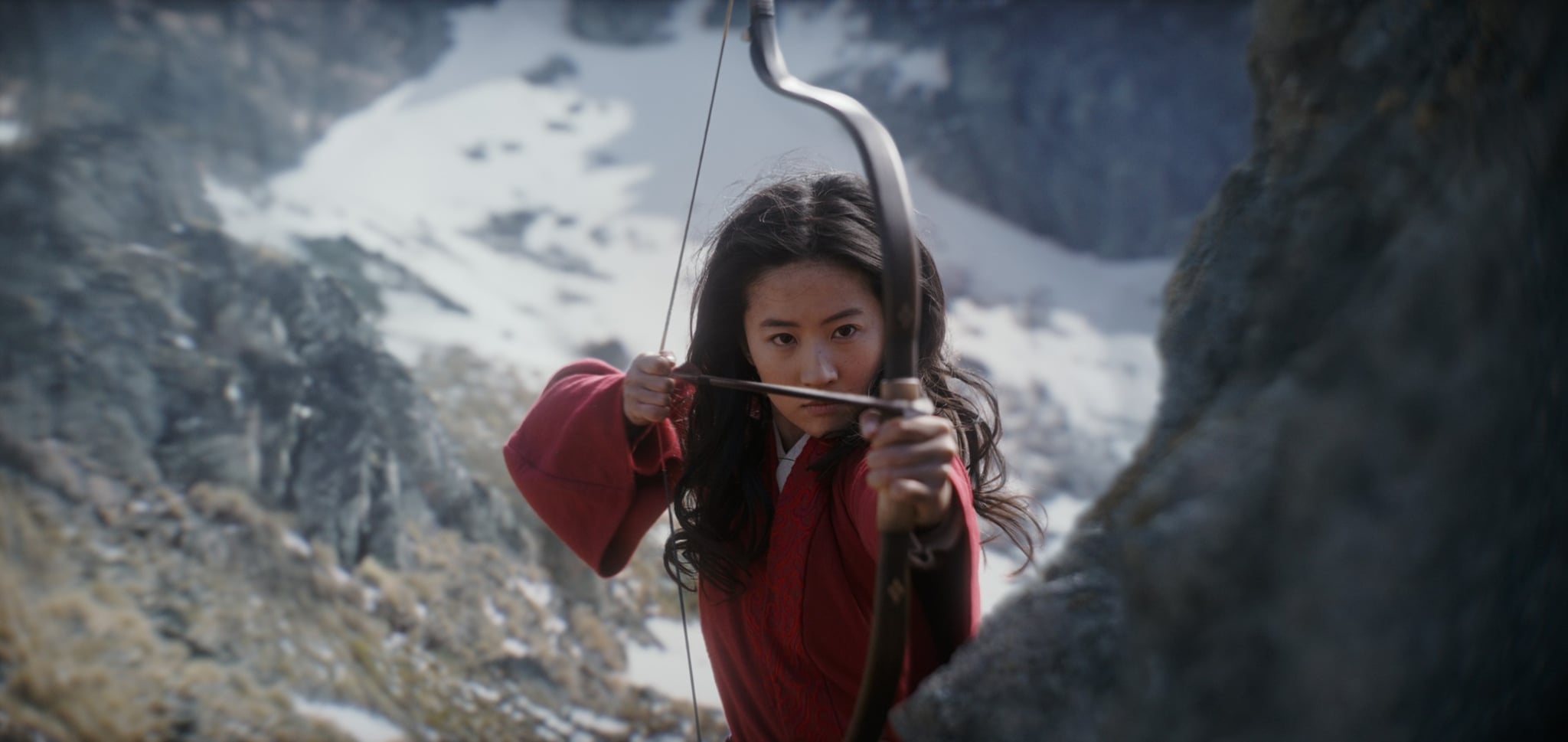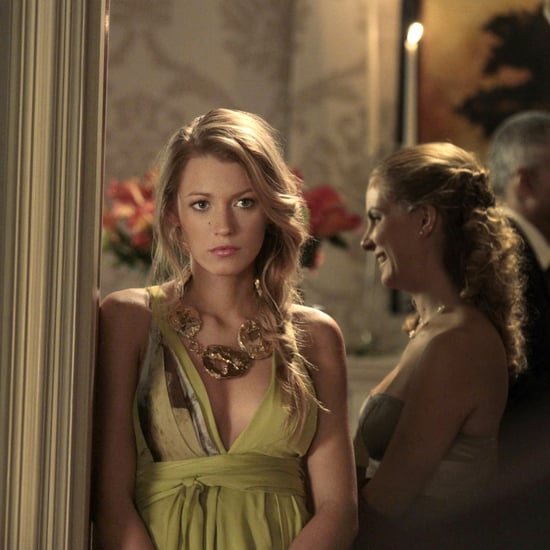Was Mulan a Real Person? Here's the True Story
Never Knew Mulan Was Inspired by a Real Legend? Dishonour on Your Cow!

The legend of Mulan is no obscure secret in Chinese folklore. It's also been popularized through many iterations, most famously in Disney's 1998 animated film and its widely anticipated live-action version. But were the fantastic accounts of this woman warrior actually grounded in reality? While it's unclear whether or not Mulan's tale is based on a true story, accounts of her bravery have been reiterated over and over again.
The Original Story of Mulan
The first record of Mulan emerges from "The Ballad of Mulan," which can be traced back to the Northern Dynasties of China (386 to 581 AD). As the story goes, a girl dresses up as a man and joins the army so her frail father and younger brother don't have to. Following years of successful service in the military, she returns home to her family and shocks her fellow soldiers by dressing in feminine clothes and revealing her gender.
The Retelling of Mulan's Story
Chinese storytellers have repackaged the story throughout many genres. In the original story as well as many following iterations, Mulan isn't as scrappy as the animated film portrays her — she already knew martial arts, sword fighting, and archery before enlisting in the army. One particular version of Mulan's story is rather tragic. In the 17th-century Sui Tang Romance, Mulan befriends the king's daughter, another woman warrior. When the king is taken down, the women, now bonded sisters, offer to die in place of his men. While they aren't killed, tragedy ensues. After Mulan returns home from the army, she learns that her father has died and that her mother remarried. When ordered to become a palace consort, Mulan kills herself.
Americans have also been introduced to this prolific story through novels and picture books before the Disney animated adaptation. Published in 1976, Maxine Hong Kingston's The Woman Warrior explores the tale of Fa Mu Lan or Hua Mùlán in a chapter called "White Tigers."
The Evidence of Mulan's Existence
According to historical documents, a real war did happen between the Northern Wei state and the Mongolic state of Rouran. China then was divided between the north and the south. The Northern Wei, most of them from the Xianbei people, ruled northern China. According to the ballad, the emperor of Northern Wei led an army to fight the Rouran people for 12 years. So Disney positing that China's enemy are the Huns in the 1998 film isn't quite historically accurate.
So, what about Mulan herself? Authors of gazetteers, which are geographical indices or dictionaries, have collected stories about Mulan, and readers have extrapolated that her hometown may have been by the Yellow River or Yan Mountain. Shrines, tombs, statues, and tablets have been created in Mulan's honour throughout China. Yet no strong evidence suggests that a woman named Mulan existed. That doesn't remove the possibility that a real woman ― or women — inspired this legendary figure.
According to Smithsonian Magazine, researchers have seen potential evidence that suggests the existence of warrior women who inspired the story of Mulan. Some believe Mulan may be a composite character based on the women of the nomadic Xianbei who controlled northern China. From a small study of 29 burial sites, anthropologists found two female Xianbei skeletons that had bone marks commonly associated with horseback riding and archery.
Whether or not there was a Mulan, it's clear her legend will continue to captivate generations to come.






